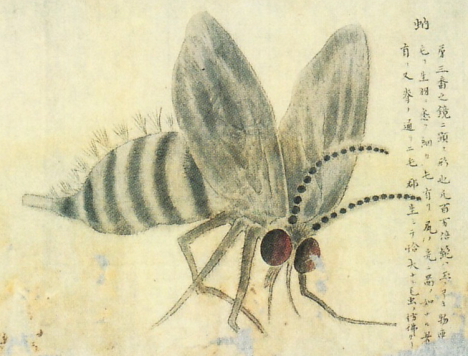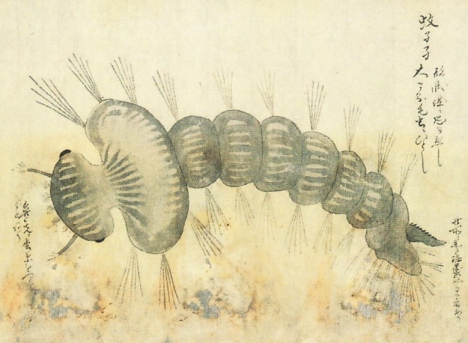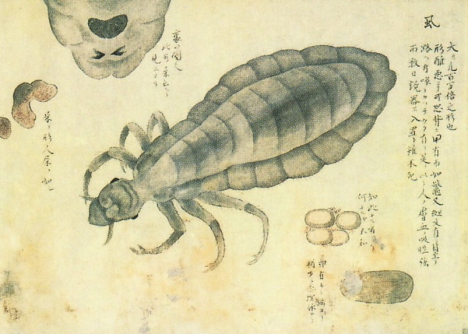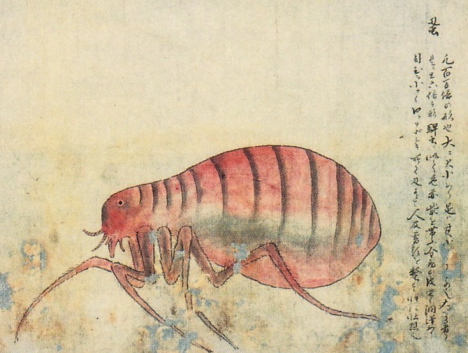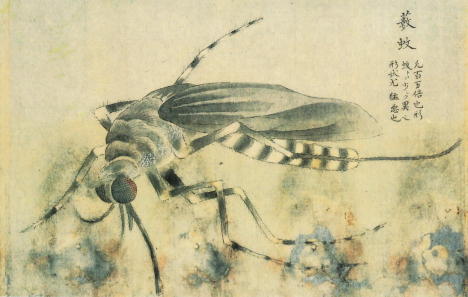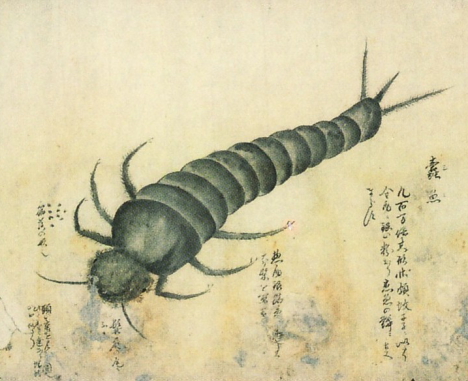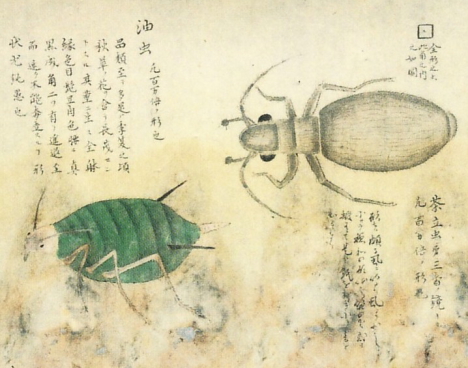
A robot scientist that can generate its own hypotheses and run experiments to test them has made its first real scientific discoveries.
Dubbed Adam, the robot is the handiwork of researchers at Aberystwyth University and the University of Cambridge in the UK. All by itself it discovered new functions for a number of genes in Saccharomyces cerevisiae, aka brewer's yeast.
Ross King, a computational biologist at Aberystwyth, who leads the project, said that Adam's results were modest, but real. "It's certainly a contribution to knowledge. It would be publishable," he says.
Adam, which actually consists of a small roomful of lab equipment, has four personal computers that act as a brain, and possesses robot arms, cameras, liquid handlers, incubators and other equipment. The team gave the robot a freezer containing a library of thousands of mutant strains of yeast with individual genes deleted. It was also equipped with a database containing information about yeast genes, enzymes, and metabolism, and a supply of hundreds of metabolites.
To discover which genes coded for which enzymes, Adam cultured a mutant yeast with a certain gene knocked out, and monitored how well the mutant grew without a particular metabolite. If the strain grew poorly without the metabolite, Adam learned something about the function of the knocked out gene. The robot could carry out more than 1000 of these experiments a day.
In all, Adam formulated and tested 20 hypotheses about genes coding for 13 enzymes. Twelve hypotheses were confirmed. For instance, Adam correctly hypothesised that three genes it identified encode an enzyme important in producing the amino acid lysine. The researchers confirmed Adam's work with their own experiments.
The team is now working on a new robot, called Eve, which will search for new drugs.
Adam, Eve and their ilk could soon automate routine and time-consuming scientific chores, leaving human scientists free to make higher level, creative leaps, says King. But ultimately the robots may even be capable of conducting truly independent research, he says.
Will Bridewell, an artificial intelligence researcher at Stanford University in Palo Alto, California, says Adam is operating only at the level of a graduate student. Still, the robot is moving closer to the goal of an artificially intelligent machine that can cooperate with other scientists and write up their results in natural language, he says. "That's probably far off, but it seems likely that we will get there. This is yet another step on the way."
In a further step in this direction, researchers at Cornell University in Ithaca, New York, have developed software that can observe physical systems and independently identify the laws that underlay them.
The software, which was not pre-programmed with any basic rules of physics or geometry, was shown images of moving systems such as a double pendulum. It then used an evolutionary algorithm to generate mathematical equations, and tested them to see if they accurately described the system it had observed. For instance, the computer produced an equation that described conservation of angular momentum.




